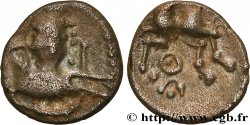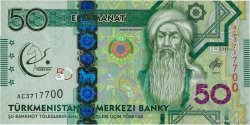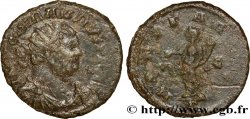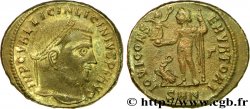E-auction 59-26931 - bga_203584 - EDUENS, ÆDUI (BIBRACTE, Area of the Mont-Beuvray) Denier à la lyre
You must signin and be an approved bidder to bid, LOGIN TO BID. Accounts are subject to approval and the approval process takes place within 48 hours. Do not wait until the day a sale closes to register. Clicking on « bid » constitutes acceptance of the terms of use of cgb.fr private e-auctions.
Bids must be placed in whole Euro amounts only. The sale will start closing at the time stated on the item description; any bids received at the site after the closing time will not be executed. Transmission times may vary and bids could be rejected if you wait until the last second. For further information ckeck the E-auctions F.A.Q.
NO BUYER'S FEE.
NO BUYER'S FEE.
| Estimate : | 90 € |
| Price : | 37 € |
| Maximum bid : | 52 € |
| End of the sale : | 02 June 2014 15:13:30 |
| bidders : | 4 bidders |
Type : Denier à la lyre
Date: c. avant 52 AC.
Mint name / Town : Autun (71)
Metal : silver
Diameter : 13 mm
Orientation dies : 2 h.
Weight : 2 g.
Rarity : R1
Coments on the condition:
Denier sur un flan un peu court, mais avec le droit complet. Le revers est quant à lui un peu décentré, sans la tête du cheval, mais avec une très belle lyre. Patine grise légèrement poreuse
Obverse
Obverse legend : ANÉPIGRAPHE.
Obverse description : Tête à droite, les cheveux en cinq mèches aux extrémités enroulées.
Reverse
Reverse legend : ANÉPIGRAPHE.
Reverse description : Cheval galopant à droite ; lyre au-dessous et roue à quatre rayons au-dessus.
Commentary
Longtemps négligé, ce denier semble devoir être rattaché à la série de denier des Éduens. Il constitue à lui seul la série 878 du Nouvel Atlas.
Long neglected, this denarius seems to have to be attached to the series of denarii of the Aedui. It alone constitutes series 878 of the New Atlas
Long neglected, this denarius seems to have to be attached to the series of denarii of the Aedui. It alone constitutes series 878 of the New Atlas







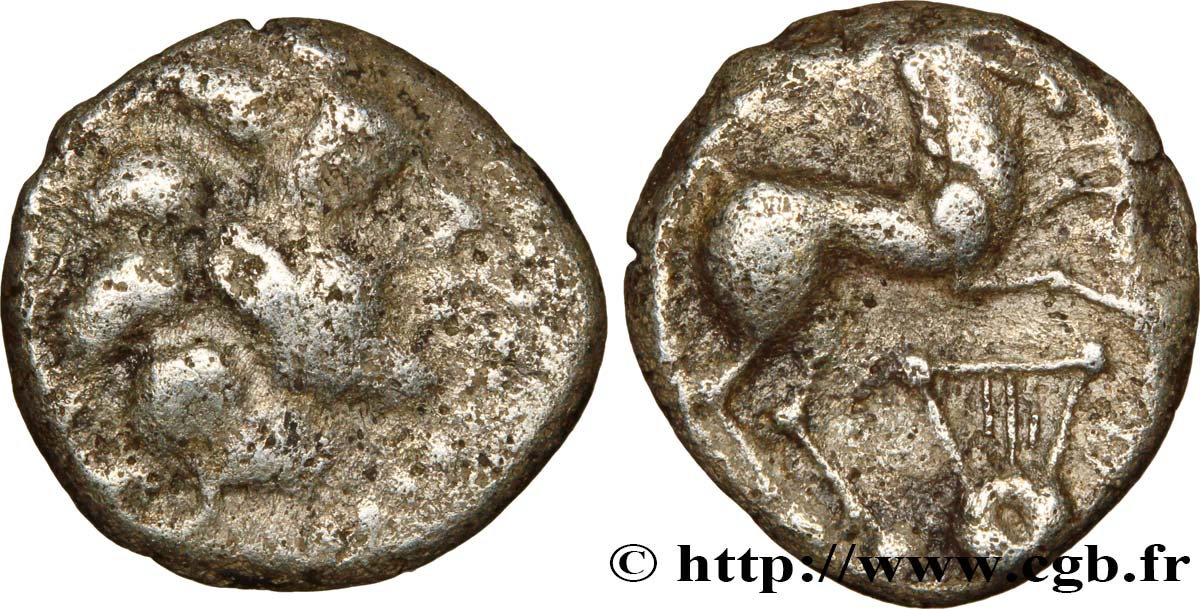
 Report a mistake
Report a mistake Print the page
Print the page Share my selection
Share my selection Ask a question
Ask a question Consign / sell
Consign / sell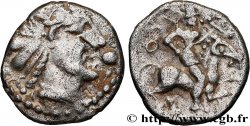
 Full data
Full data

